Welding is a skill that requires precision and using the right equipment. Whether you are a professional welder or someone who is just getting into this trade, you must have the right welding tools and accessories. This article will guide you through the tools that every welder must possess. It aims to help you understand the function of each tool so you can better use them in applications.
Every welder must have the right tools and equipment. It is important to note that every piece of equipment serves a specific purpose – this could be to improve the safety or quality of work. There is one purpose each of these tools has in common – to give you confidence with your welding projects. In this section, we will dive into the 11 welding tools and accessories every welder must have:
Welding Machines
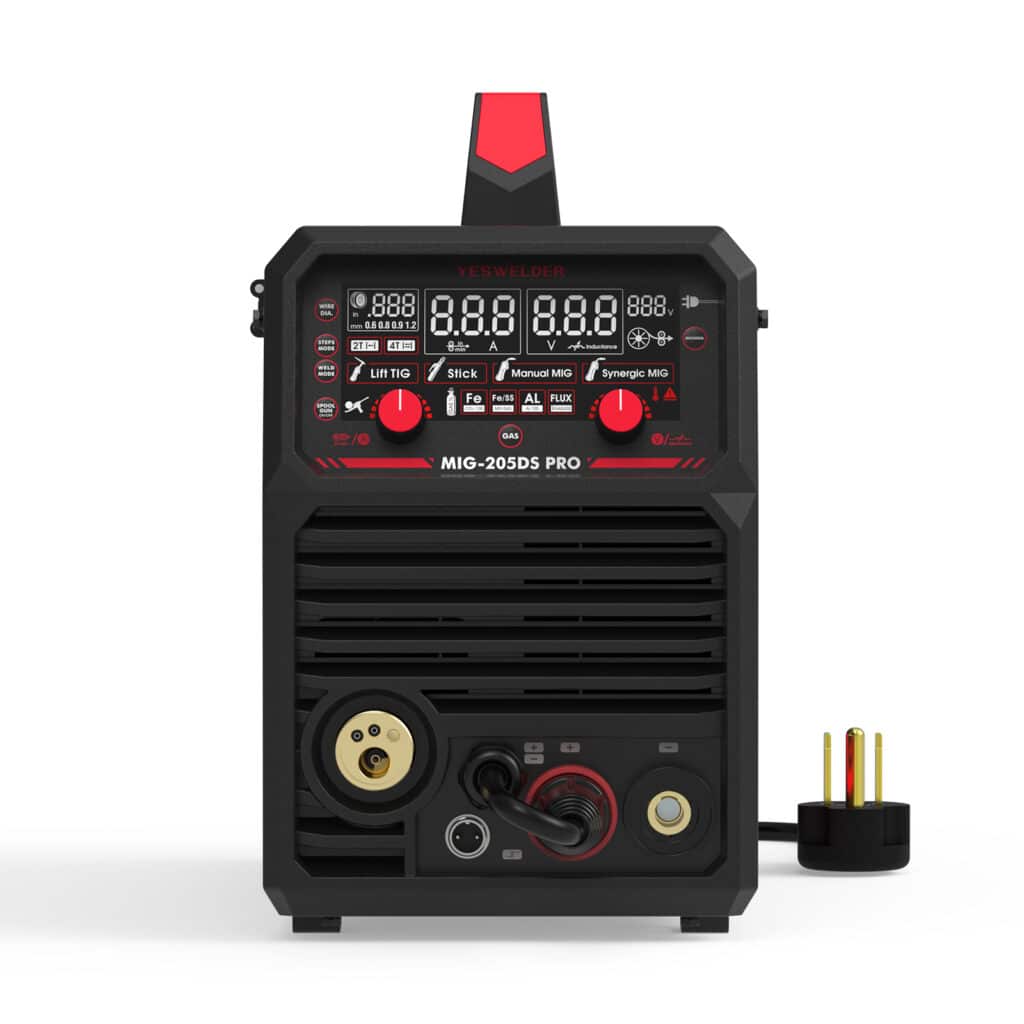
A welding machine forms the basis of any welding project. This machine converts electrical energy into heat which is required to melt and fuse metals together. There are many types of welding machines such as MIG welder, TIG welder, and Stick welder. MIG welders are good for beginners, TIG welders are good for precision work, and Stick welders are good for heavy-duty.
Angle Grinders
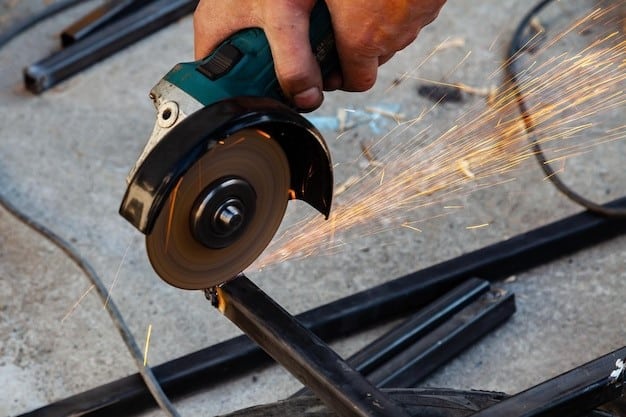
Angle grinders are power tools that are important for every welder. This welding tool is used for cutting and grinding metals. It is also used for preparing the work surface. Angle grinders come with different attachments that have different functions. They are able to cut through thick metals and remove rust from metal surfaces. It is important for every welder to invest in a high-quality grinder.
Wire Brush
A wire brush is used for cleaning metal surfaces before and after welding applications. This welding tool has the ability to remove rust, paint, and other contaminants from metals. It can also remove slag and spatter that forms during welding operations. Wire brushes come in different types to be used for different metals. It is important to have this welding tool to ensure perfect welds.
Welding Rods and Wires
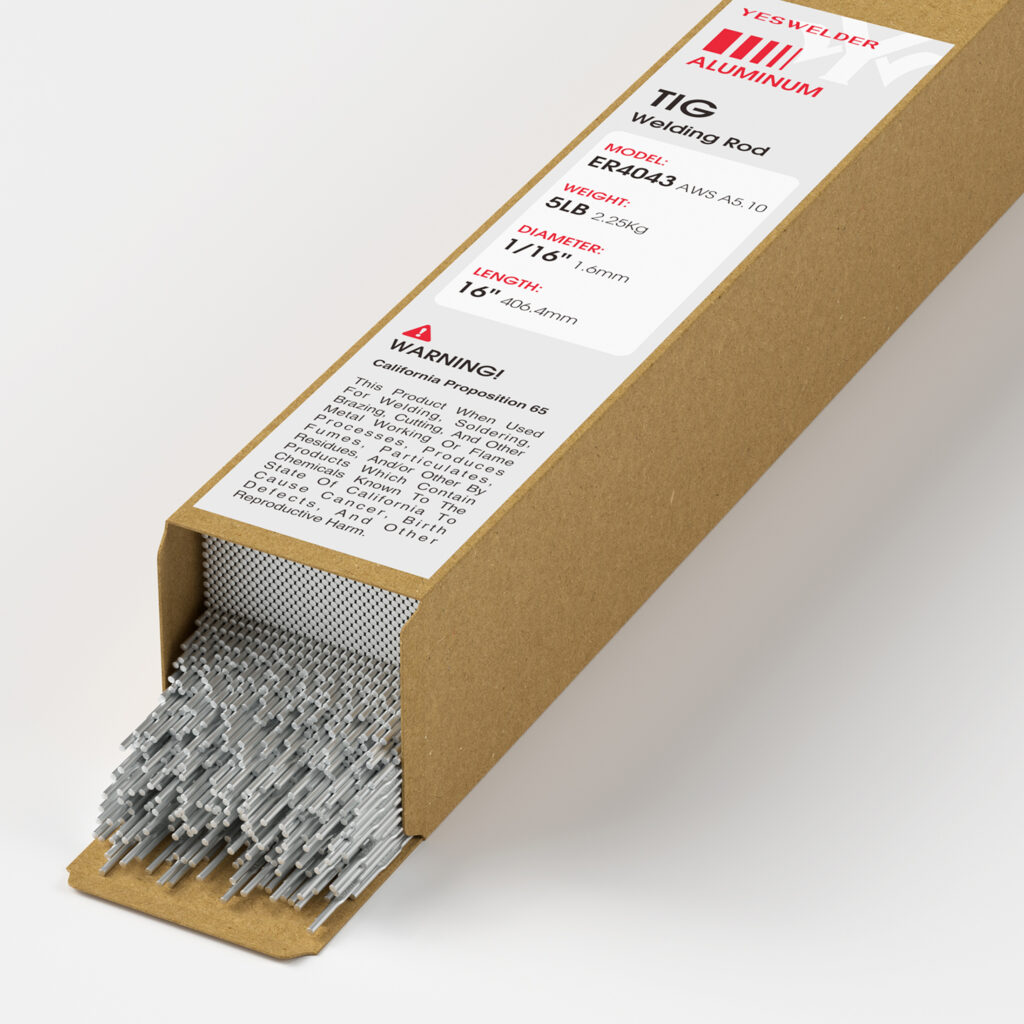
Welding rods and wires are the materials used during the welding process. There are different types of rods and wires that each work best for different applications. Stick welding uses rods while MIG welding uses wires. It is important to use high-quality welding rods and wires to ensure that your welds and consistent and strong. This is necessary for achieving integrity in welding projects.
Welding Clamps (& Welding Magnets)
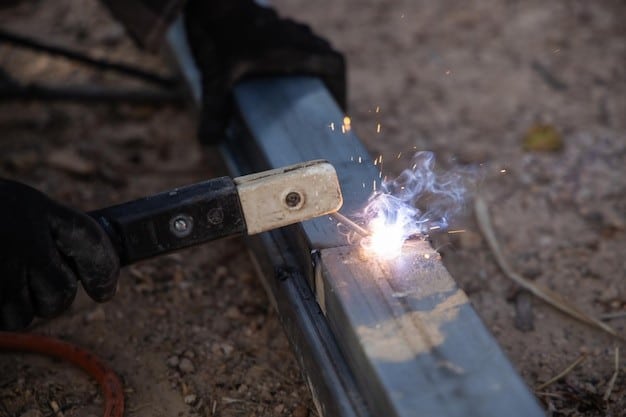
Welding clamps and magnets are important for holding metal pieces securely during welding. Clamps come in different sizes and designs which each provide a stable grip to prevent movement. Magnets usually come in the shape of an arrow and help hold metals at specific angles. It is important that every welder has these tools so they can reduce the risk of misalignment.
Chipping Hammers
Chipping hammers help welders to clean up after their welding projects. These hammers have a pointed end which is designed to remove slag from welds. They are able to clear slags without damaging the welding project. As a result, they improve the appearance of the welds. Chipping hammers have a spring handle which reduces vibrations and makes them more efficient in welds.
Welding Torches
Welding torches are used to deliver heat during welding projects. This heat is necessary to melt and join metals together. TIG torches are used for tungsten inert gas welding while MIG guns are used for metal inert gas welding. Each type of welding torch is designed to provide precision and control. It is important to have the right torch for your welding project in order to achieve the best results.
Welding Helmets
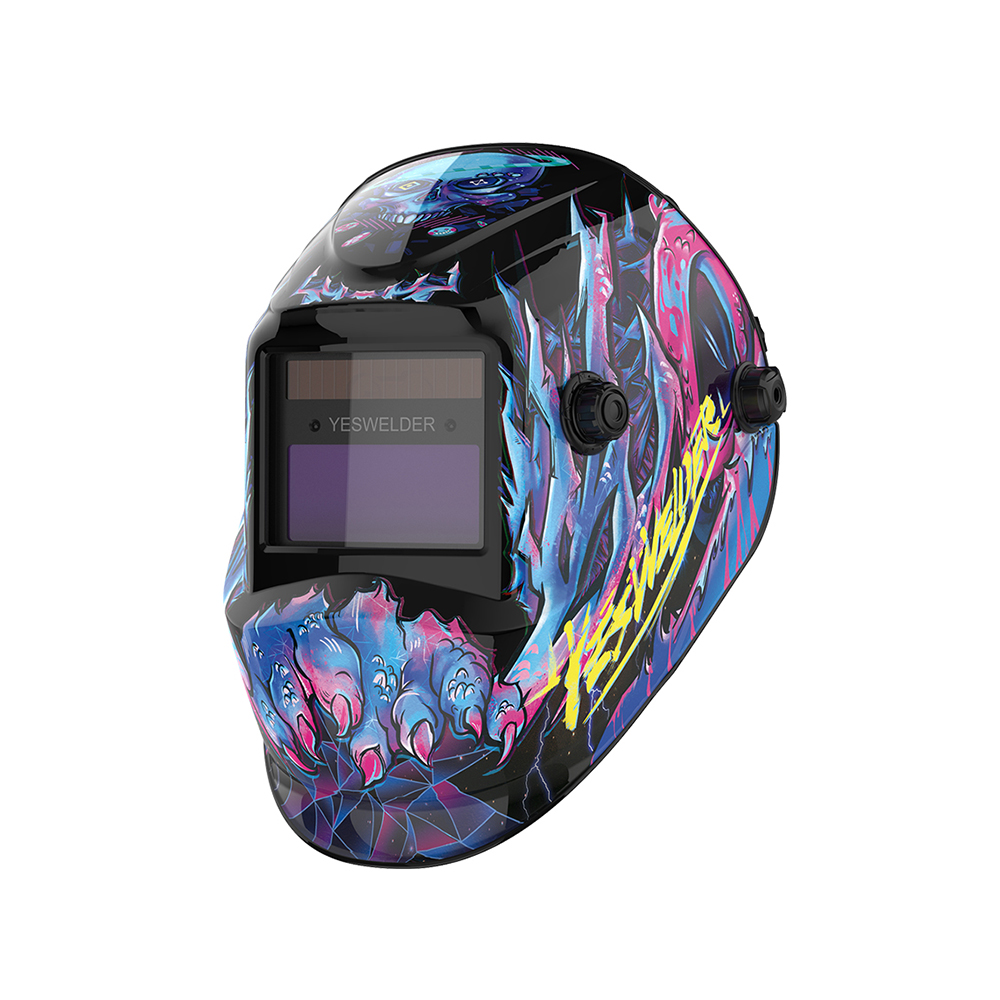
Welding helmets are a piece of safety equipment that is used to protect your face and eyes from the light and heat created during the welding process. It is also meant to protect you from flying debris. Most welding helmets also protect welders against burns and UV radiation. You can also get modern welding helmets that have auto-darkening lenses which provide a more comfortable experience.
Welding Gloves
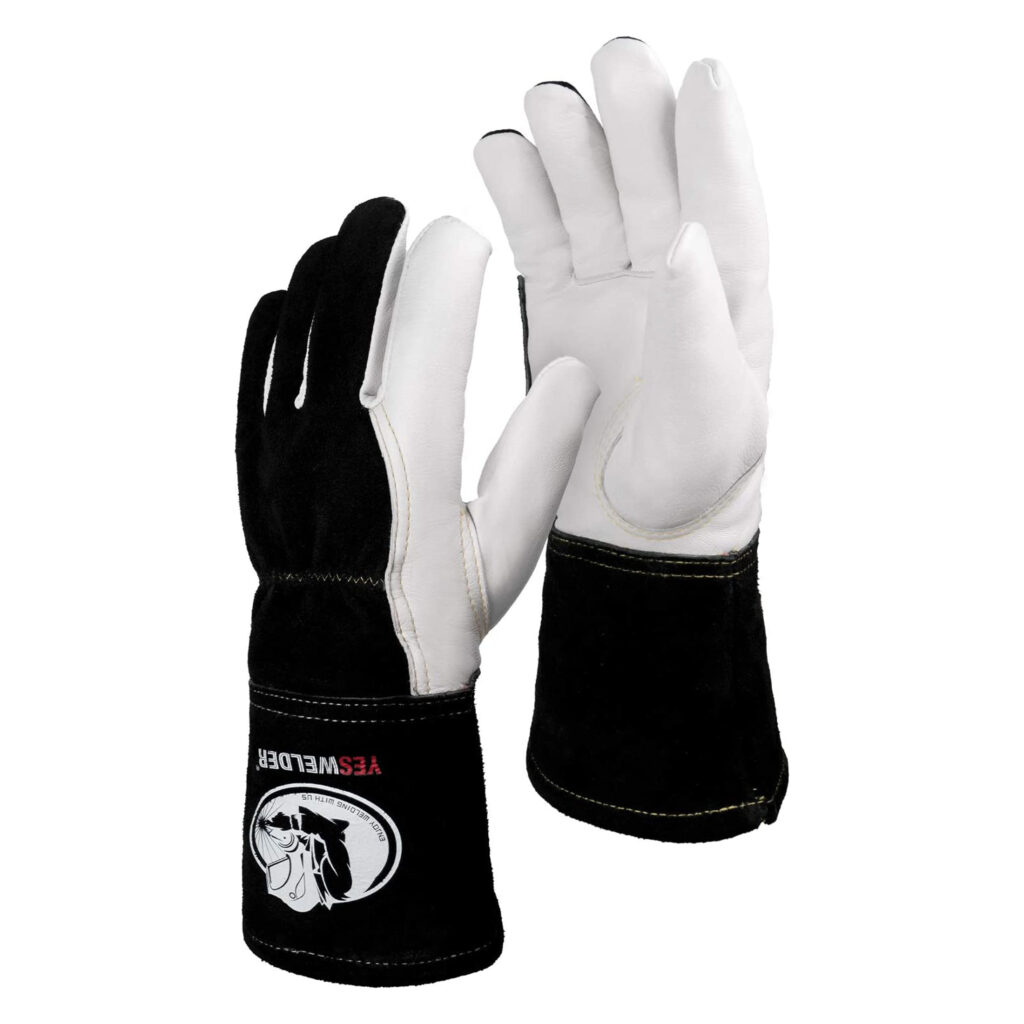
Welding gloves are a piece of safety equipment that is used to protect your hands from heat, sparks, and sharp objects. These gloves are usually made of leather and offer heat resistance while still preserving movement. Welding gloves also help welders get a good grip of the weld which helps with their precision and control. It is important for welders to invest in good gloves for efficiency.
Welding Jackets
Welding jackets are pieces of safety equipment that are used to protect your body from sparks, spatter, and intense heat. These jackets are made from flame-resistant materials such as leather. They are meant to prevent burns and injuries. Welding jackets have adjustable cuffs and are breathable. It is important for welders to invest in good jackets for their own health and safety.
Measuring Tools (Speed Squares, rules. etc.)
It is important for every welder to take accurate measurements in welding. This is to ensure precision and quality in the welding project. Measuring tools like speed squares, rulers, and tape measures are a must-have for every welder. These tools help ensure that metal pieces fit together and align correctly. As a result, every welder must have these measuring tools for their projects.
Tip for Choosing Welding Tools
Every welder must choose the right welding tools to ensure precision and accuracy in their projects. As a result, choosing the right welding tools can make or break your career. Here are 5 tips for choosing welding tools that will help ensure efficiency and quality in all your welding projects.
Determine Welding Type
Before choosing welding tools, one must first identify what type of welding you’ll be performing. These include MIG, TIG, or Stick welding. This is because each type of welding requires specific welding tools and accessories. It is important that you understand your welding type so you’re able to make this decision. The last thing you want is to end up with incompatible tools.
Prioritize Safety
As a welder, safety should be your first priority when choosing welding tools. You should look for tools that have built-in safety features. These include insulated welding gloves and a flame-resistant jacket. You must also consider tools that are designed to reduce fatigue and improve your control. This can help you not only protect yourself but also create a more productive welding experience.
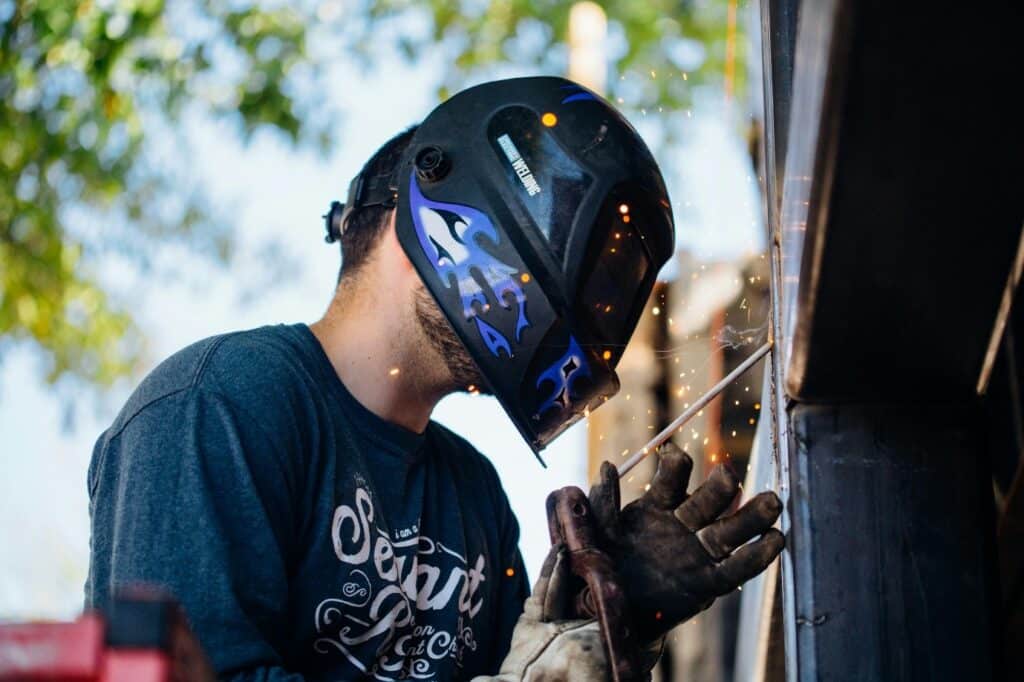
Consider Durability and Quality
One of the most important factors in selecting welding tools is durability. High-quality tools are able to withstand harsh working conditions. These tools are made of materials such as stainless steel or heavy-duty plastics. It is important to invest in brands like YesWelder which are known to offer reliable welding equipment. This can help you maintain precision and control in your welds.
Evaluate Tool Versatility
Versatility is important in welding tools as it can significantly impact your efficiency and adaptability in welding projects. As a result, you must invest in welding tools that have multiple functions and can be used in different types of welding projects. This can also make it easier for you to switch between welding tasks. You can work in diverse projects or dynamic environments with ease.
Assess Ease of Use
Ease of use is an important factor to consider when selecting welding tools. Tools that are easy to use can reduce the learning curve for beginners and improve their overall efficiency. These tools have features such as adjustable settings, ergonomic designs, and user-friendly interfaces. By choosing user-friendly tools, welders can focus more on the quality of the work for better outcomes.
Conclusion
Choosing the right welding tools and accessories is important for achieving high-quality welding results. Welders must invest in this welding equipment to enhance their performance and work in a safer environment. Whether you’re a beginner or a welding professional, having the right equipment can make or break your career. Equip yourself properly and enjoy the confidence that comes with it.
FAQ
1. What type of welding machine should I start with as a beginner?
As a beginner, a MIG welding machine is often recommended. It is user-friendly, versatile, and allows for easier control and learning compared to other types like TIG or Stick welding machines.
2. Why is it important to use a welding helmet with an auto-darkening feature?
An auto-darkening welding helmet adjusts the shade level in response to the welding arc, providing continuous eye protection without the need to lift the helmet. This enhances visibility, safety, and efficiency during welding.
3. How do I choose the right welding gloves?
Choose welding gloves based on the type of welding you’re doing. Heavy-duty leather gloves are ideal for MIG and Stick welding due to their high heat resistance, while TIG welding requires more dexterous gloves for better control.
4. Can I use any angle grinder for welding projects?
Not all angle grinders are suitable for welding projects. Ensure the angle grinder is powerful enough for metalwork and has appropriate attachments for cutting, grinding, and polishing metal surfaces.
5. What are the benefits of using welding magnets?
Welding magnets provide a hands-free way to hold metal pieces at specific angles (like 45° or 90°), ensuring precise alignment and stability during welding, which is crucial for achieving accurate and consistent welds.
6. How often should I replace my welding rods and wires?
Welding rods and wires should be replaced based on usage and storage conditions. If they become contaminated with moisture or rust, their performance will degrade. Regularly inspect and store them in a dry, clean environment.
7. Why is it necessary to use a wire brush in welding?
A wire brush is essential for cleaning metal surfaces before and after welding. It removes rust, paint, and other contaminants, ensuring a clean surface for optimal weld quality and removing slag to improve the weld’s appearance and strength.
8. What features should I look for in a welding jacket?
Look for welding jackets made from flame-resistant materials like leather or treated fabrics. Ensure it provides full coverage, including adjustable cuffs and collars for better protection against sparks, spatter, and heat.
9. How do I maintain my welding tools for longevity?
Regularly clean and inspect your welding tools, store them in a dry place to prevent rust, and follow the manufacturer’s maintenance guidelines. Keeping your tools in good condition ensures reliable performance and extends their lifespan.
10. What measuring tools are essential for welding projects?
Essential measuring tools for welding projects include speed squares for right angles, rulers and tape measures for precise lengths, and calipers for accurate thickness measurements. These tools ensure accurate alignment and fit of your welds.



